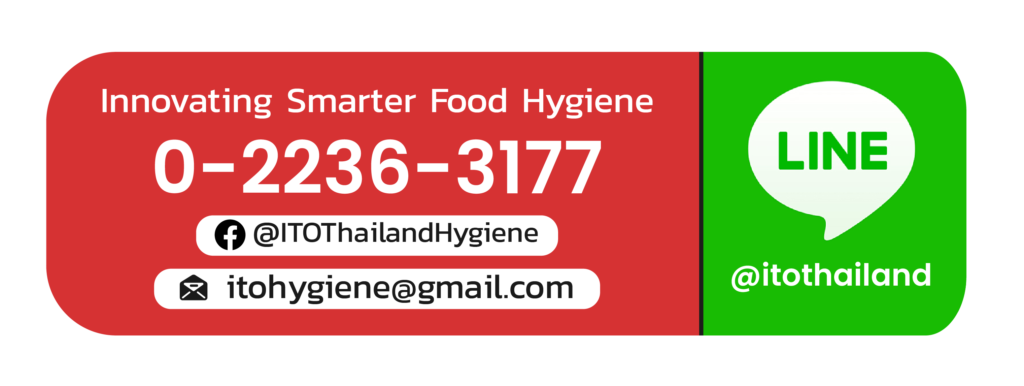ITO Thailand Hygiene Blog
ISO 22000
Get to know ISO 22000
ISO 22000 is a standard on Food Safety Management Systems developed by the International Organization for Standardization, a global organization with more than 164 member countries. That means ISO 22000 is a globally recognized standard. Observation of this standard is therefore the development of an organizational system for international recognition. The main theme of this standard is food safety for consumers through the management processes, analyses of various issues such as risks, opportunities, critical points, problem control and system development to increase work efficiency.
Benefits of ISO 22000
This standard can pave the way for organizations to be more internationally known and to compete with other entrepreneurs because of the safety certification. This safety certification will benefit consumers and boost satisfaction and confidence to the organization, reduce the likelihood of complaints and disputes from food-borne illnesses. It also attracts the attention of investors because it shows corporate ethics that place importance to the safety of food products. It is credible and transparent in terms of social impact. This standard is one of the aids in enhancing the security of organizations that legal requirements are properly complied with documents and evidences are kept and ready for inspection. Attention is paid to the safety of the people ensuring food safety and sustainability in society.
These will reflect back on the entrepreneurs themselves how they can increase their profits from new market opportunities and competition, reduce costs and losses from cases of unsafe food such as product recalls and destruction. This will project a positive image on the organization and strong confidence among investors and consumers. It also helps to improve work efficiency even further.
In addition, ISO 22000 is considered part of the conditions for applying for various benefits in accordance with the measures to improve efficiency in escalating to international sustainability standards according to the announcement No. 1/2021, item 5 of the Board of Investment (BOI), such as the exemption of import duty on machinery, and 50 percent corporate income tax exemption, etc. (information as of October 2021).
Who needs to do this standard?
This ISO 22000 standard defines the scope as a requirement for all organizations in the food supply chain. It is written in general, not specific. It can be applied to organizations involved both directly and indirectly, such as animal feed manufacturers, collectors of products from plants and wildlife, raw material producers, farmers, livestock, fisheries, manufacturers of additives or food ingredients, food industry manufacturers, retailers, food service providers such as restaurants, catering services, cleaning and disinfecting services, storage service, transport and distribution, including manufacturers of cleaning and disinfecting equipment and chemicals, manufacturers of packaging or food contact materials. The standard can be used in both small and medium-sized enterprises and small entrepreneurs such as small farmers, small freight forwarders and small retailers, etc., to large, complex corporations.
Details of ISO 22000
ISO 22000 has 10 topics integrating 4 key elements as follows:
1) Interactive communication
In communication, the organization must have clear internal and external communication. (what/when/with whom/how/who). External communication has to do with manufacturers of goods and raw materials, customers or consumers, legal officers and other related organizations. The communication should be two-way and interactive in order to identify the needs or information from the stakeholders, such as communication with the customers/consumers. In addition to providing safety information, suggestions or complaints must also be accepted in order to make improvement. In terms of internal communication, it must be carried out regularly in order to update information so that each sector has the same understanding, from executives to supervisors to operators. Evident documents must also be kept explicitly.
2) Systematic management
In systematic management, the concept of PDCA cycle (Plan/Do/Check/Act) can be applied to assist in setting the system as follows:
o Plan means planning, resources support from Management, risk and opportunity assessment.
o Do means operation is as planned.
o Check means monitoring, following up, evaluating and analyzing of results to report on success or issues.
o Act means actions are taken to improve the process if necessary.
3) Basic hygiene control measures (prerequisite programs)
These will be in the operation process by applying the appropriate hygiene control principles for each organization, such as GAP for the agricultural sector, GMP/GHP for food factories. Read more…
Taken into consideration are the prevention of contamination from various sources such as production area allocation, cleanliness of water, air, raw materials and the environment, pest management, waste and wastewater treatment, equipment and machinery, processes of production processes, cleaning and disinfection, personal hygiene and providing product information to consumers, etc.
4) Hazard analysis and critical control points (HACCP)
This is also in the operation process. There must be an analysis of food hazard which can be divided into 4 types: Physical, chemical, biological, and allergens. The analysis must be carried out from the raw materials, production process, packaging, product body, as well as the process of storing and transporting the product to the consumers. A flow chart is drawn in a diagrammatic manner showing each step, identifying risks and chances of hazards, and critical levels or tolerance levels. Then, there must be design and evaluation of hazard control methods, execution of the plan, follow-ups, assessment and review of hazard control results, and regular process improvements or updates.
ITO Thailand would like to be a part of supporting the food safety society in Thailand for sustainable growth of the Thai food industry.
Related Post
-
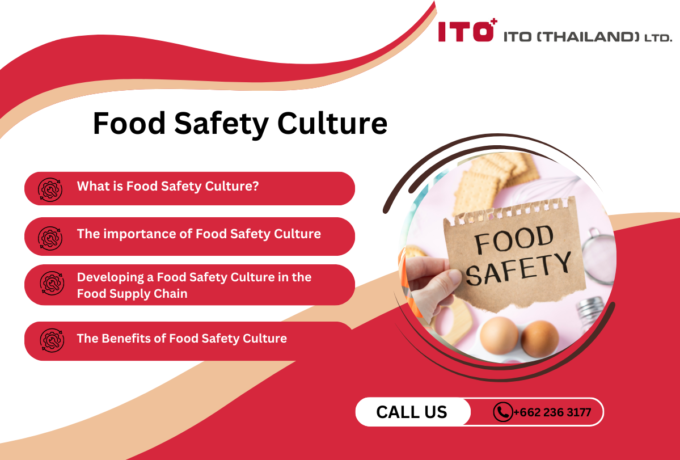
Food Safety Culture
Food safety culture plays a crucial role in safeguarding the company's reputation, ensuring the well-being of its employees, and providing a safe experience for its customers.
-
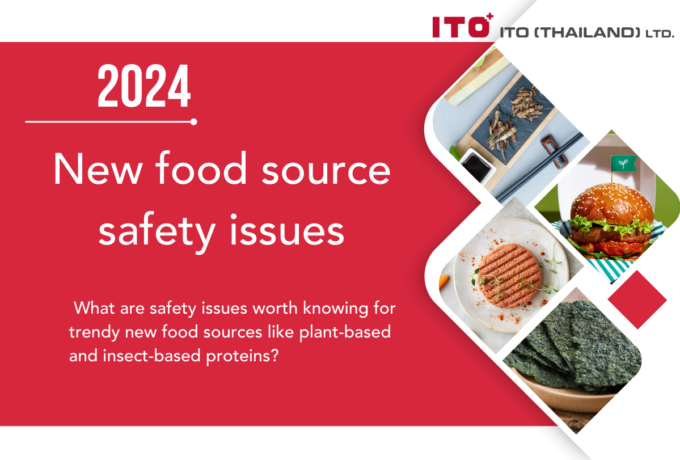
New food source safety issues
What are safety issues worth knowing for trendy new food sources like plant-based and insect-based proteins?
-

British Retail Consortium (BRC) Standard
Food safety management systems play a vital role in ensuring the production and distribution of safe and high-quality food products to consumers. With the global food supply chain becoming increasingly complex, food businesses must implement effective systems prioritising safety, quality, and compliance with industry standards. A food safety management system encompasses a set of procedures, processes, and controls designed to identify, prevent, and manage potential hazards at every stage of the food production and supply process. This proactive approach not only safeguards consumers' health but also protects the reputation and credibility of food companies in an ever more competitive market.
-
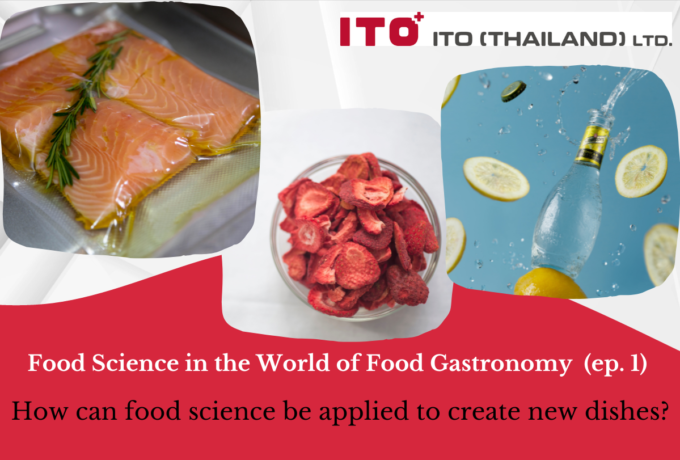
Food Science in the World of Food Gastronomy (Part 1)
How can food science be applied to create new dishes?
-
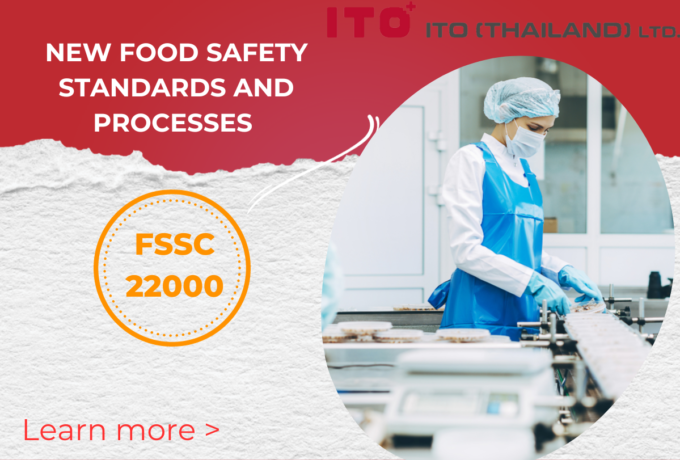
FSSC 22000
Food manufacturers must ensure food safety standards and processes. FSSC 22000 is an official certification program for Food Safety Management Systems (FSMS) recognised by the Global Food Safety Initiative (GFSI). This certification scheme offers a set of guidelines and procedures to ensure uniformity, openness, and safety across your entire supply chain. It applies to all companies operating within the food and beverage industry, ranging from farmers to retailers. By fulfilling the necessary criteria and obtaining FSSC 22000 certification, it is demonstrated that the required standards for food quality and implementing effective processes to manage and mitigate risks associated with food fraud, foodborne illnesses, expensive recalls, and other external threats are met.
-

Food Safety Aspects of Artificial Sweeteners
Artificial sweeteners, also known as sugar substitutes, non-nutritive sweeteners, or high-intensity sweeteners, are artificially produced compounds utilised in place of sucrose (table sugar) to add sweetness to food and drinks. Due to their significantly higher sweetness than regular sugar, only a fraction of artificial sweeteners (200 to 20,000 times less) is required to achieve an equivalent level of sweetness. Since the caloric contribution of these sweeteners, when used in such small quantities, is insignificant, they are often referred to as non-nutritive (4).








